10 Things You Didn’t Know About The Hottest Place In North America
Here's a list of things you may not know about this land of extremes.
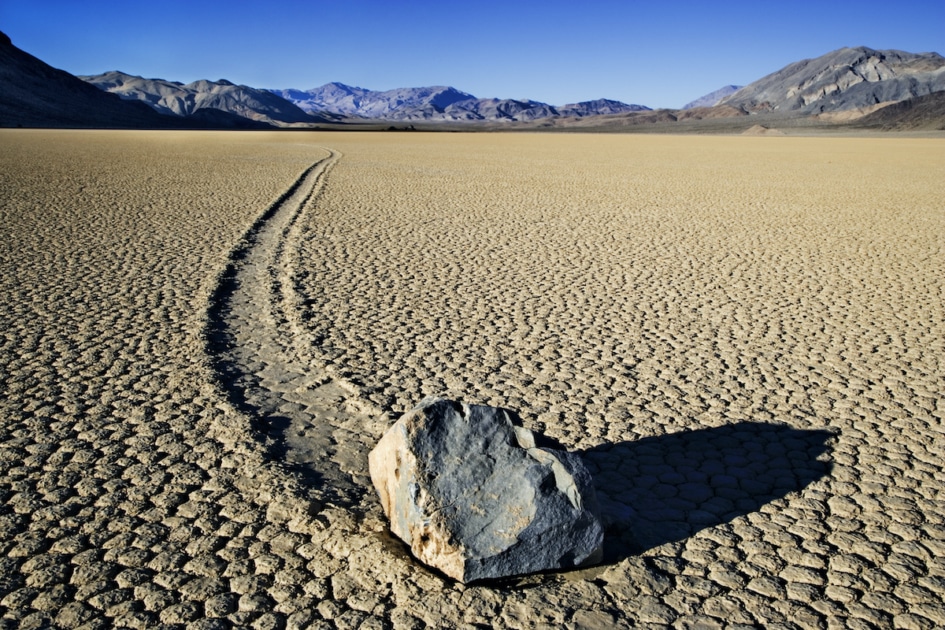
Before you even opened this article, you may have had a very good idea of where the hottest place in North America is. If you were thinking Death Valley, California, you are correct. For over 100 years of experts tracking weather extremes, Death Valley always lands on top. Steady drought, snowy peaks, and rare rainstorms make it a fascinating place, worth a closer look. Despite its morbid name, though, a great diversity of life survives in Death Valley.
10 Fascinating Facts About Death Valley
Here are 10 things you may not have known about this land of extremes. But before you dive in, though, you might want to grab a tall glass of ice water!
- Death Valley averages less than 2 inches of rainfall per year.
2. Death Valley is a National Park. On February 11, 1933, Death Valley was made a National Monument by President Herbert Hoover. Then in 1994, the area was re-designated as a National Park.
3. According to the National Park Service, Death Valley was given its name by a group of pioneers lost in the winter of 1849-1850, who were convinced the area would be their grave. They were rescued by two of their young men, William Lewis Manly and John Rogers, who had learned to be scouts. As the party climbed out of the valley over the Panamint Mountains, one of the men turned and looked back, saying, “goodbye, Death Valley.”
4. Hot, dry, and also a landmass with the lowest elevation: At 282 feet below sea level (-86 m), Badwater Basin in Death Valley, an area of salt flats, is considered the lowest point in North America. Conversely, its highest elevation is Telescope Peak at 11,049 feet.
5. The climate of Death Valley is so arid because it is surrounded by mountains on all sides, and hot, dry air often gets trapped. Therefore, extremely hot temperatures are not uncommon in the area. In fact…
6. The hottest temperature ever recorded in Death Valley was 134°F (57.1°C) at Furnace Creek (perfect name!) on July 10, 1913. Average summer temperatures in Death Valley frequently exceed 100°F (37°C). The average August high temperature for Furnace Creek is 113.9°F (45.5°C). In winter, the average low is 39.3°F (4.1°C).
7. It’s hard to believe that anything grows in Death Valley, but it is home to over 1,000 species of plants. In the spring after winter rains, and if conditions are just right, spectacular wildflowers bloom. Peak blooming period in Death Valley is mid-February to mid-April.
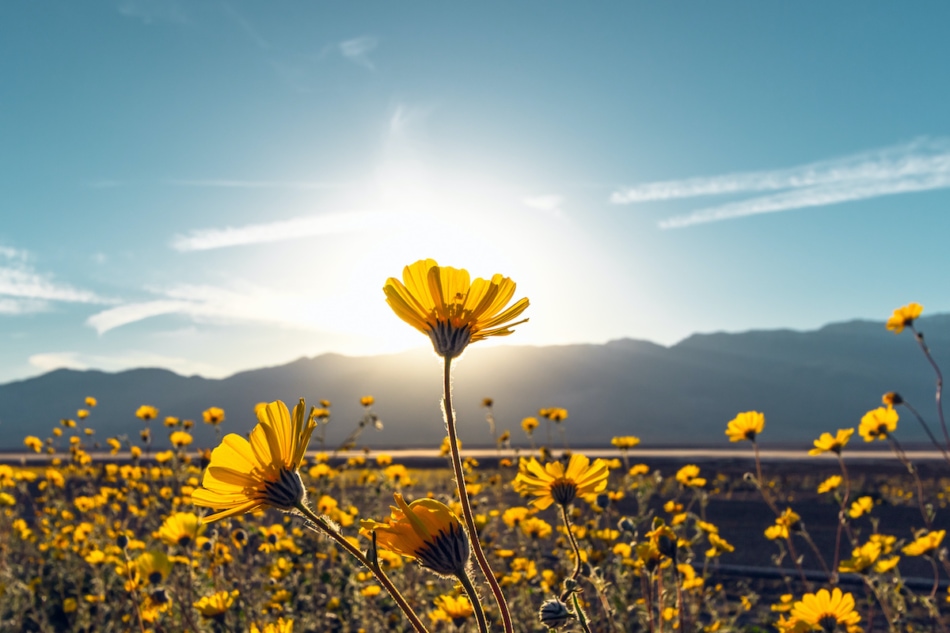
Check out some of the beautiful photos of the desert super blooms!
8. Death Valley is home to a wide variety of small mammals, birds and reptiles. There are also larger mammals in the area, such as Bighorn Sheep, coyotes, bobcats, kit fox, and mountain lions.
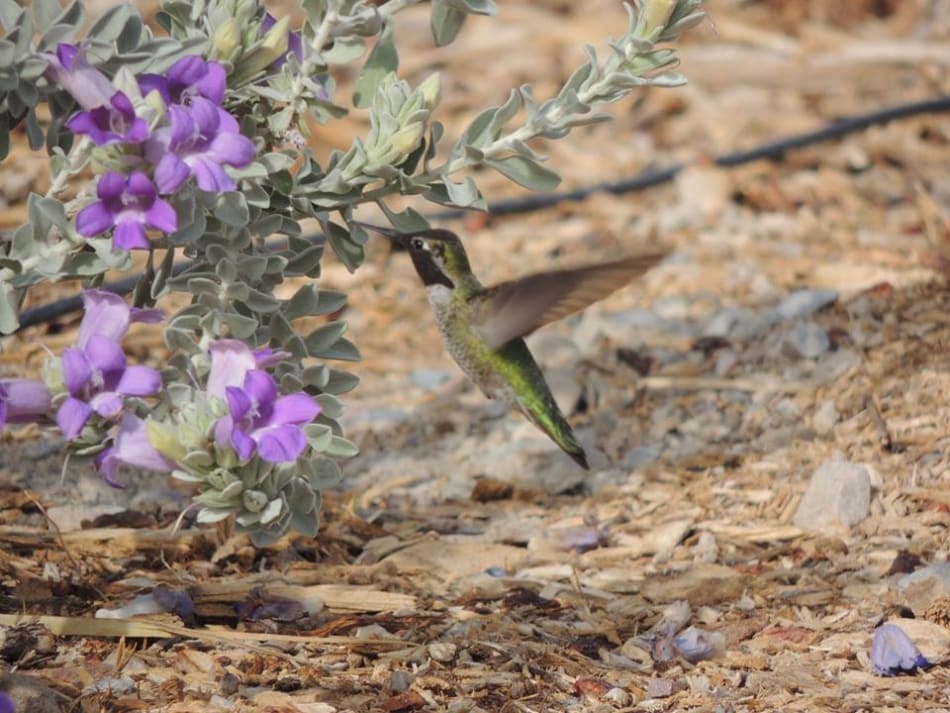
9. Long before Death Valley formed, the land was a seabed for hundreds of millions of years. This is evidenced by the abundant layers of limestone, dolomite, and marble that are found.
10. Stones in Death Valley’s Racetrack basin, nestled in a remote valley between the Cottonwood and Last Chance Ranges, is a place of stunning beauty and mystery. The Racetrack is a playa—a dry lakebed—best known for its strange moving rocks.
Have you ever visited Death Valley? If so, tell us about your experience in the comments below.
Photos courtesy of Death Valley National Park.
This article was published by the Staff at FarmersAlmanac.com. If you have any questions about this article, please leave a comment for one of our experts. Priority is given to our Members, but all are welcome! You may also write in with your article ideas: [email protected].



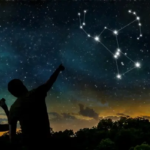
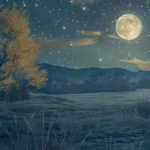
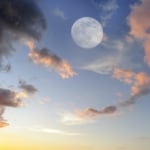

I remember that it was during the drought. I definitely went at a difficult time for the plants and animals. It was VERY hot during the day that I spent there. I had a good supply of water in my camel which I was glad of. I heard about the blooming that occurred a few weeks later. I’ve wanted to go back during another bloom, but I’ve been so busy first responding and dealing with hospice care for my husband and others and expenses as a volunteer and helping others that I haven’t been able to get back to the area, especially since Covid. I must get back East and South for Chicken Soup and Angels as part of the 3rd wave response team. Perhaps this coming early Spring the rains will favour my return to the area that isn’t work or volunteer related. A real vacation would be most welcome. I’d love to see a bloom and see the hummingbirds and more wildlife with less heat at that time of year.. Hopeful in Colorado,
Enjoy each marvelous day.
BearOOO and Missy BooBeary Muffin too
My husband and son lived there for a week! It was so hot! I could not tell you that it looked beautiful. We could not wait to get out of there.
I for one do like the heat and it was to hot for me. Now I would go back and take a good look at it. I’m sure it has changed it was in the 80’s when we were there.
Did you camp there? If so, tent or RV? I’m hoping to go during or after a good rain to see more critters and a wildflower bloom!
had the opportunity to visit on my honeymoon in the late 80’s. It’s truly an extraordinary place! we saw so many things! it was the the first week of may, so to say the least, it was HOT! 113 degrees when we got to Scotty’s castle. we hunted down all the ghost towns in the area, visited the sand dunes, the salt flats, then went to mount Charleston for a nice dinner and bottle of wine before returning to the vegas craziness! Death valley was a great time! I highly recommend it as it’s own destination! go check out all the ghost towns! And area 51!LOL!
Thanks bunches for your sharing about the ghost towns. I’ll add that to my wishlist of things that I will hopefully get to do next early Spring. I’m trusting that there will be a good rain so the desert will be in bloom! Did y’all camp there? If so, Tent or RV?
Enjoy each marvelous day.
Bear
Thanks for sharing informative information. Do hummingbirds actually live there or are they just passing through?